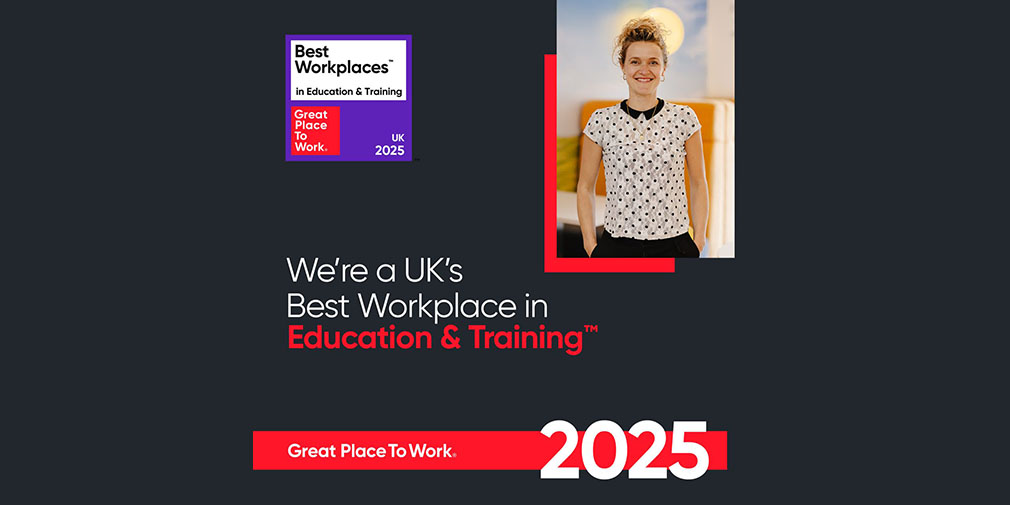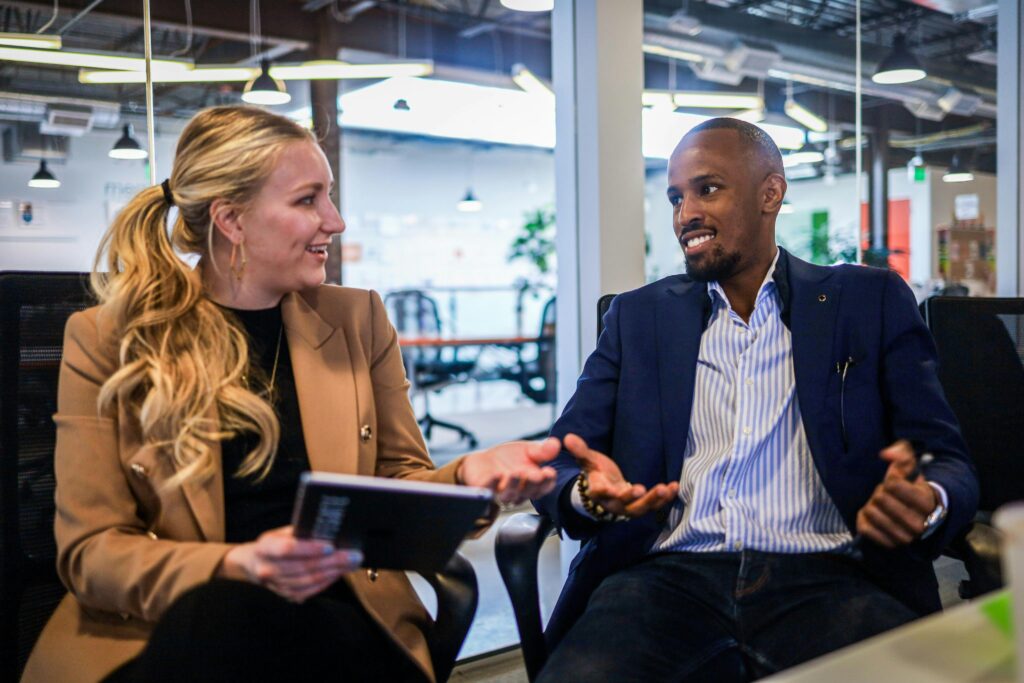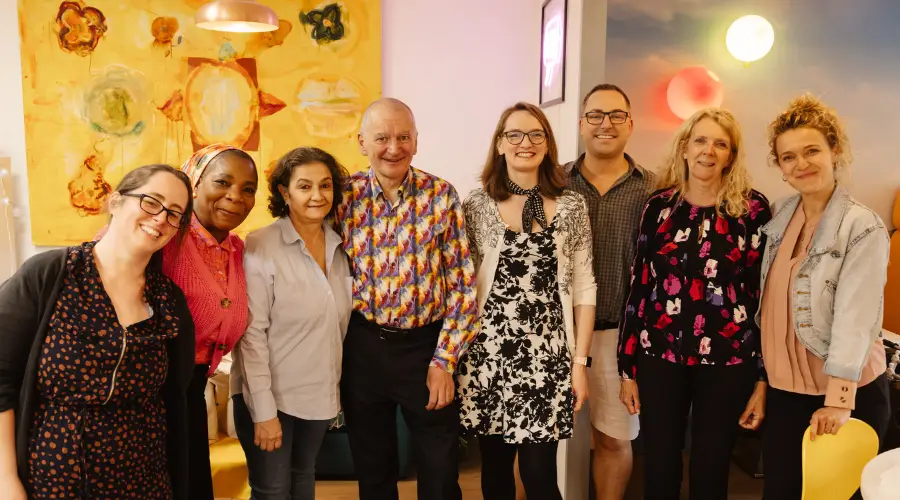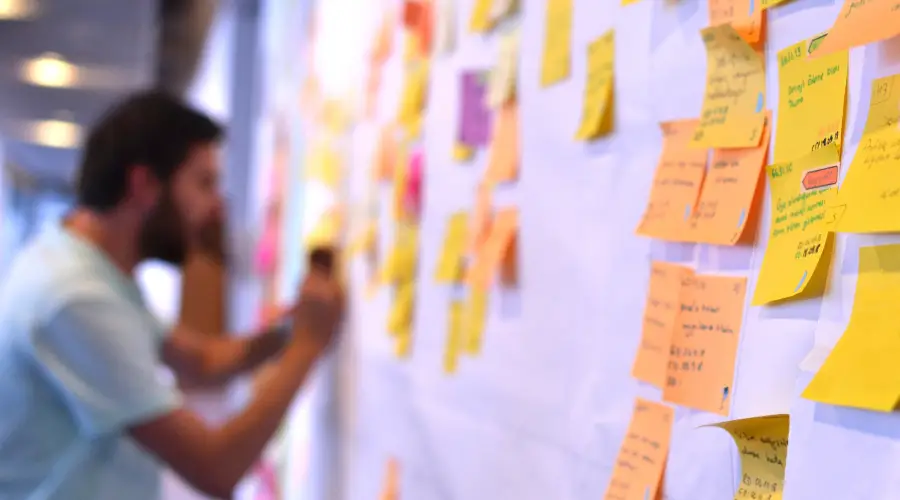Or this: at a meeting three months ago, a colleague made a personal remark and it still bugs you. Can you talk to them about it when so much time has passed?
Or this: you have a colleague who is generally good to work with, interesting, creative and engaged. Occasionally, however, they seem to take offence at what is said to them and suddenly become spikey and defensive. What can you do?
If we take anger to refer to any emotion on a scale from slightly annoyed to furious, it is likely that at several moments during the day, we will experience it. So, what’s the point? Why have we evolved such an uncomfortable and potentially conflict-creating emotion?
In a way, the answer is obvious: it lets us know when we are being pushed too far, or when we have crossed the boundaries set by other people.
I have always been fascinated by anger. The bulk of my early professional life was spent as a probation officer, sometimes running anger management groups. The participants would report becoming more aware of the build-up to angry episodes, an ability to stop before reacting, sometimes more insight into options. But anger and its associated behaviour is persistent and it takes practice to change.
When I started working as a trainer, I recognised similar (if not such extreme) discussion, whether it was in a hospital, in an insurance company or a charity. Anger (annoyance, frustration, irritation) seems to be part of our life experience, but one that we often struggle to know what to do with.
I’ve started running a course called Practical Steps in Working with Anger, in which I consider the idea of anger. What purpose does it serve? What can we do when we experience it, in ourselves or from others?
We look at practical steps you can take to identify your own feelings and thoughts, to judge the correct response (which may mean withholding a response). We examine how to talk to others, about the things that bother you, but also, what bothers them.
I will make some suggestions, but my experience has been that it is often in the conversation on the course that the true learning occurs.






















